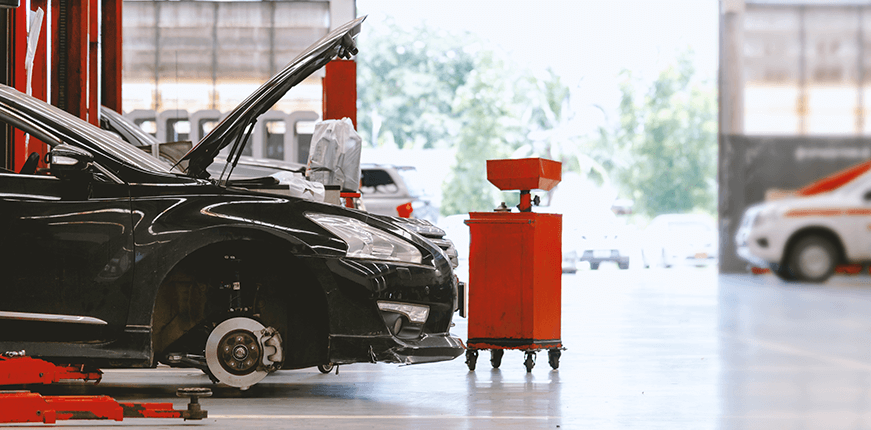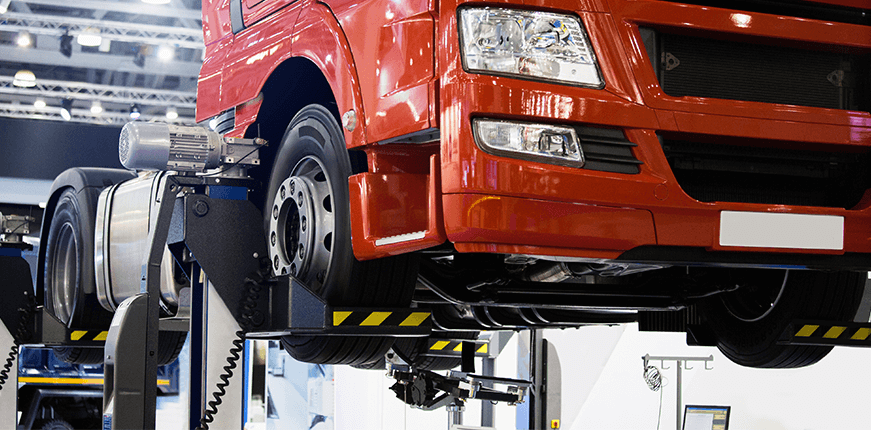Imagine that you drink old or poor quality milk. You will end up sick, with a general malaise, right? This is how serious it is to use old brake fluid or one of dubious quality, since you affect the ‘health’ of your car, its braking system and, most importantly, you risk your safety.
A good brake fluid allows your ship’s braking system to react quickly and safely. If the stopping of your car is not as effective, it may be because the brake fluid is of poor quality, it is not the one recommended by the manufacturer or its time has passed and it is time to change it.
For this reason, today we present you the ATE brake fluid, of 100% German origin. Its main features are:
Boiling point
High dry and wet, which exceeds existing quality standards.
High resistance to the corrosion
Thermal stability to behave well in the cold or heat.
Its container is metallic.
Why is the metallic container relevant?
Easy, a matter of product duration, since good quality metal containers extend their useful life and maintain their properties up to three times longer than a plastic one.
But that is not all, it is vital that you make sure that you are not facing an imitation. Verify that the name of the product is spelled correctly, that the origin is German and confirm the authenticity with the QR code at the bottom of the product, do not be fooled by imitations.
For all these ‘wow’ characteristics, ATE brake fluid is original equipment for brands such as Mercedes-Benz, Audi or BMW. In addition, what makes the ATE brand unique is that it has a wide variety of fluids for the different types of vehicles that are marketed in Ecuador.
And you know, do not risk the safety of your family, cheap can be very expensive. Remember that it is important to use the brake fluid recommended by the manufacturer.
You have the support of Servifreno, which provides you with the best spare parts on the market, thus giving you confidence and peace of mind when driving. Consult your concerns here, we will be happy to help you.
SAFETY REQUIRES QUALITY.
SERVIFRENO, ACCOMPANY YOU



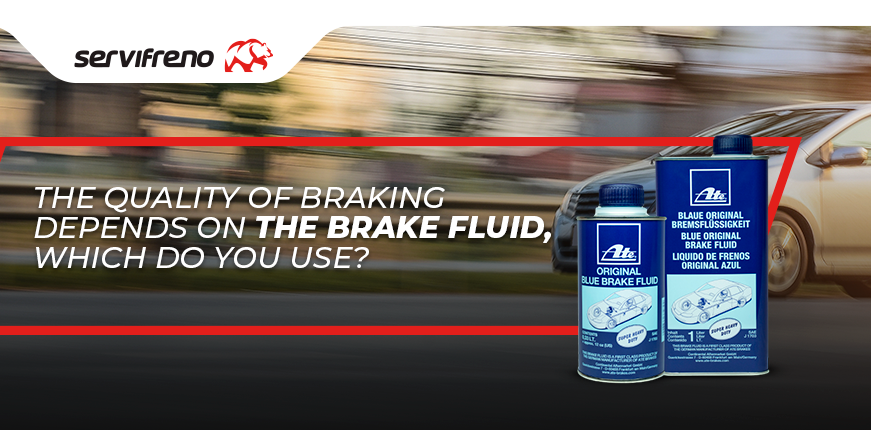
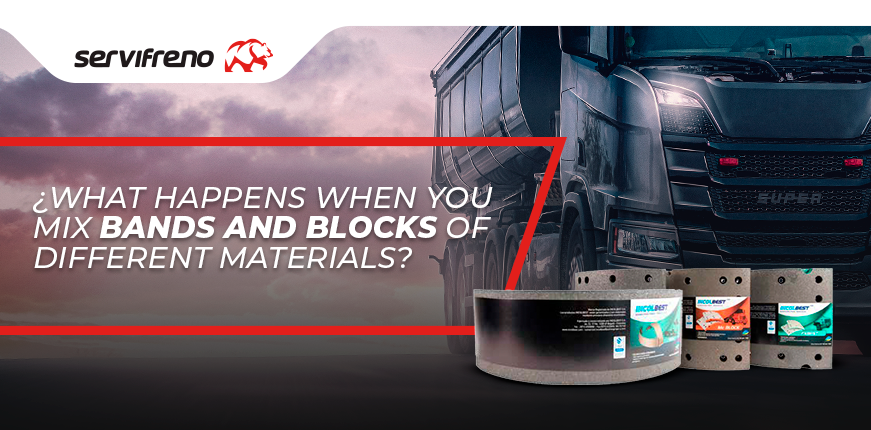
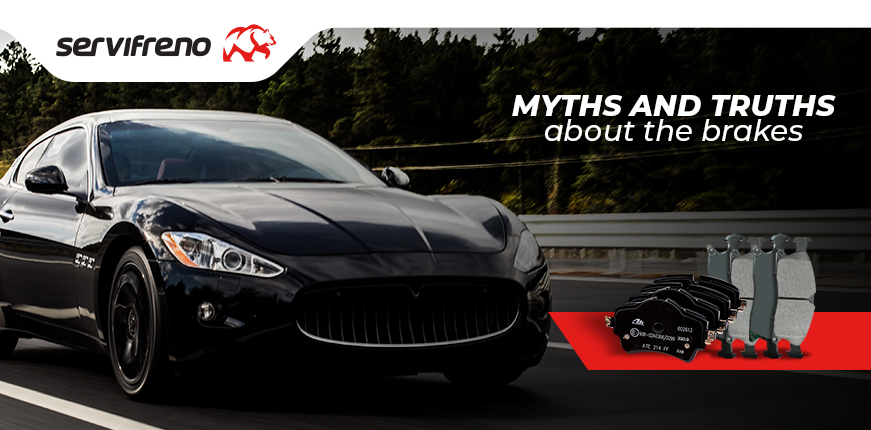
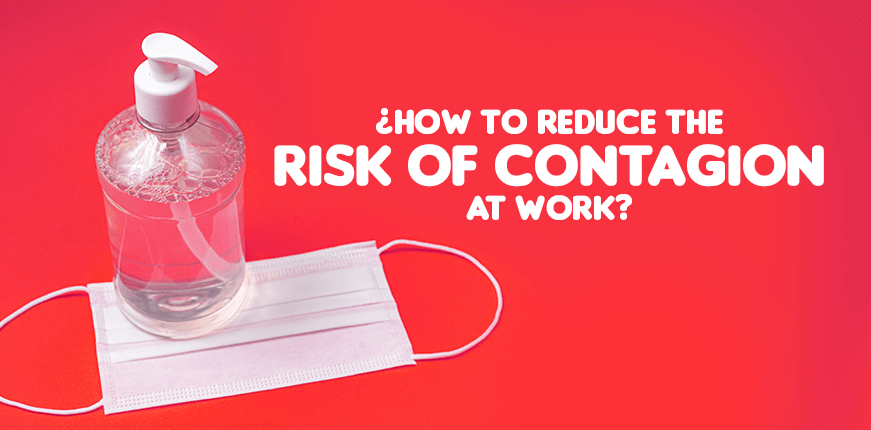
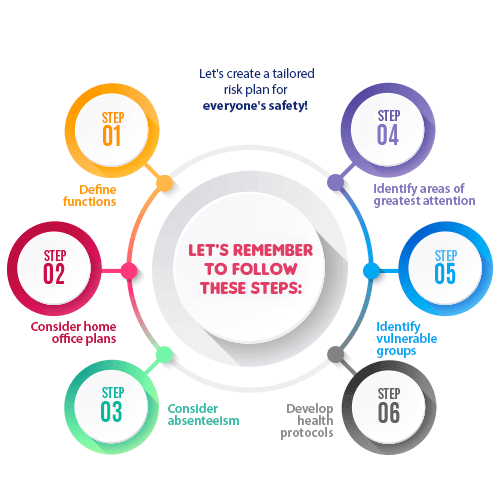
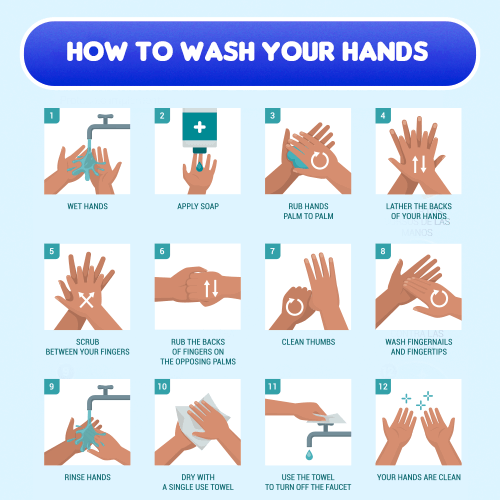
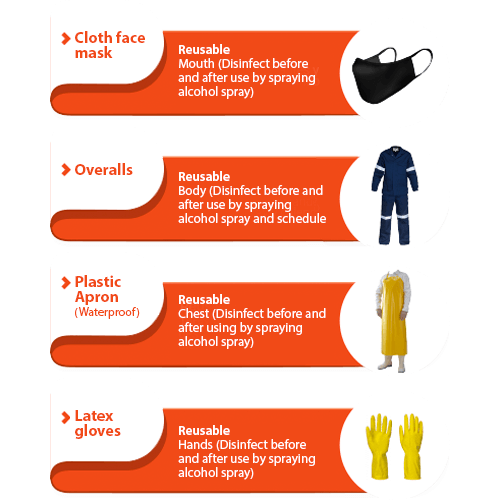
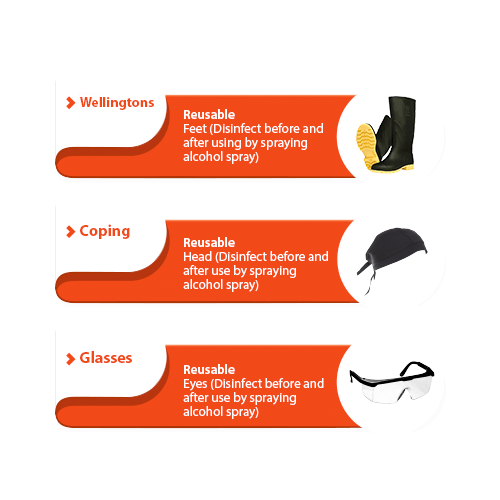
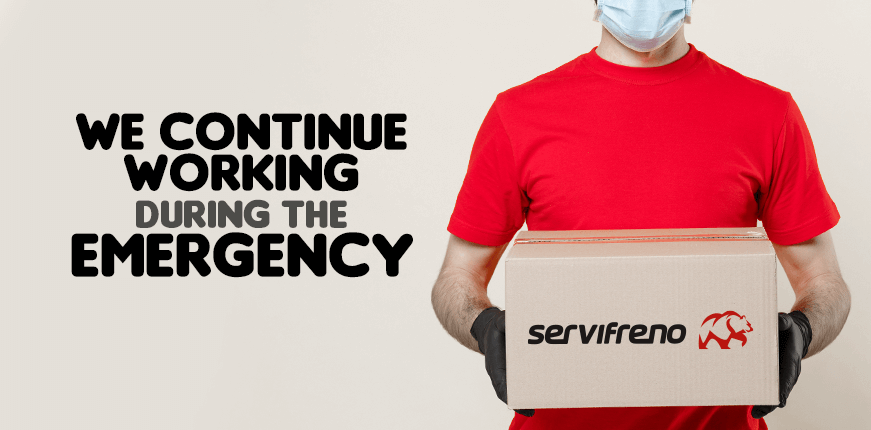
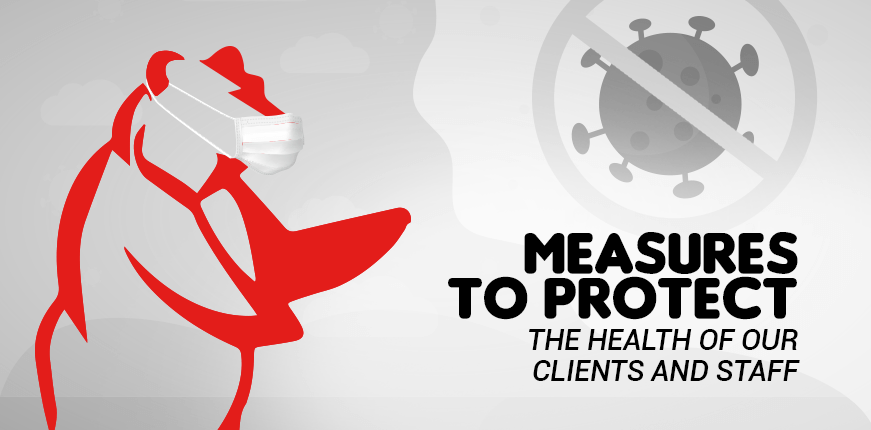
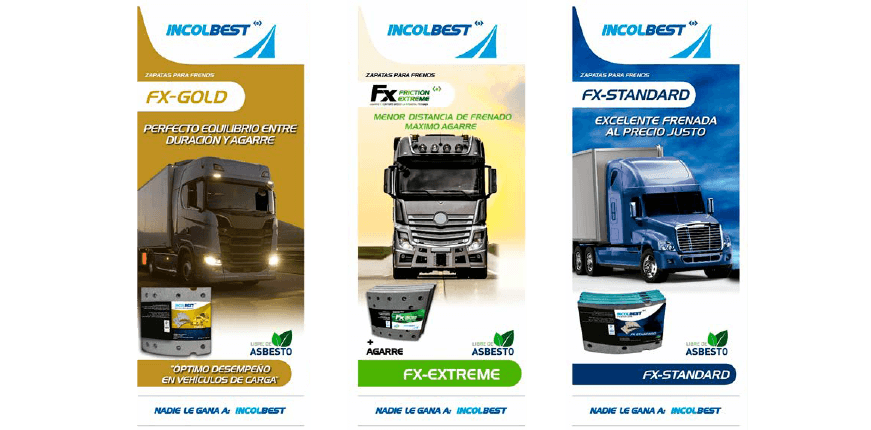
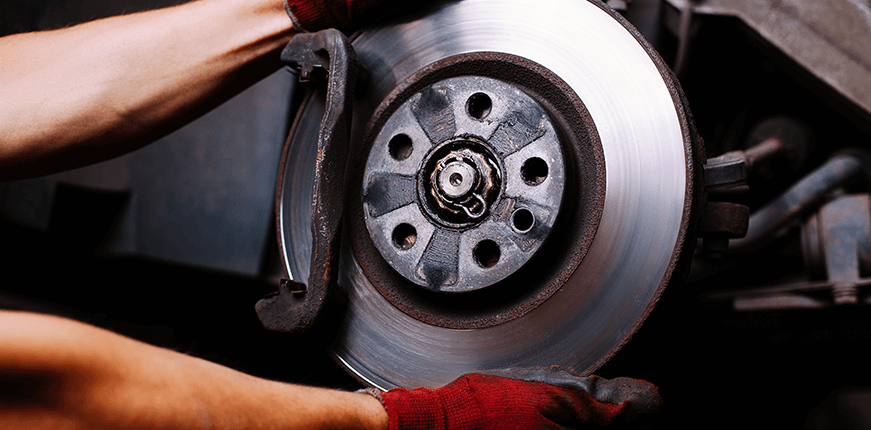
 Passive safety is a set of elements that are intended to maintain integrity and reduce physical damage to which the occupants of the vehicle are subjected once the accident has occurred. It is made up of bodywork, airbags, seat belts and bumpers.
Passive safety is a set of elements that are intended to maintain integrity and reduce physical damage to which the occupants of the vehicle are subjected once the accident has occurred. It is made up of bodywork, airbags, seat belts and bumpers.
